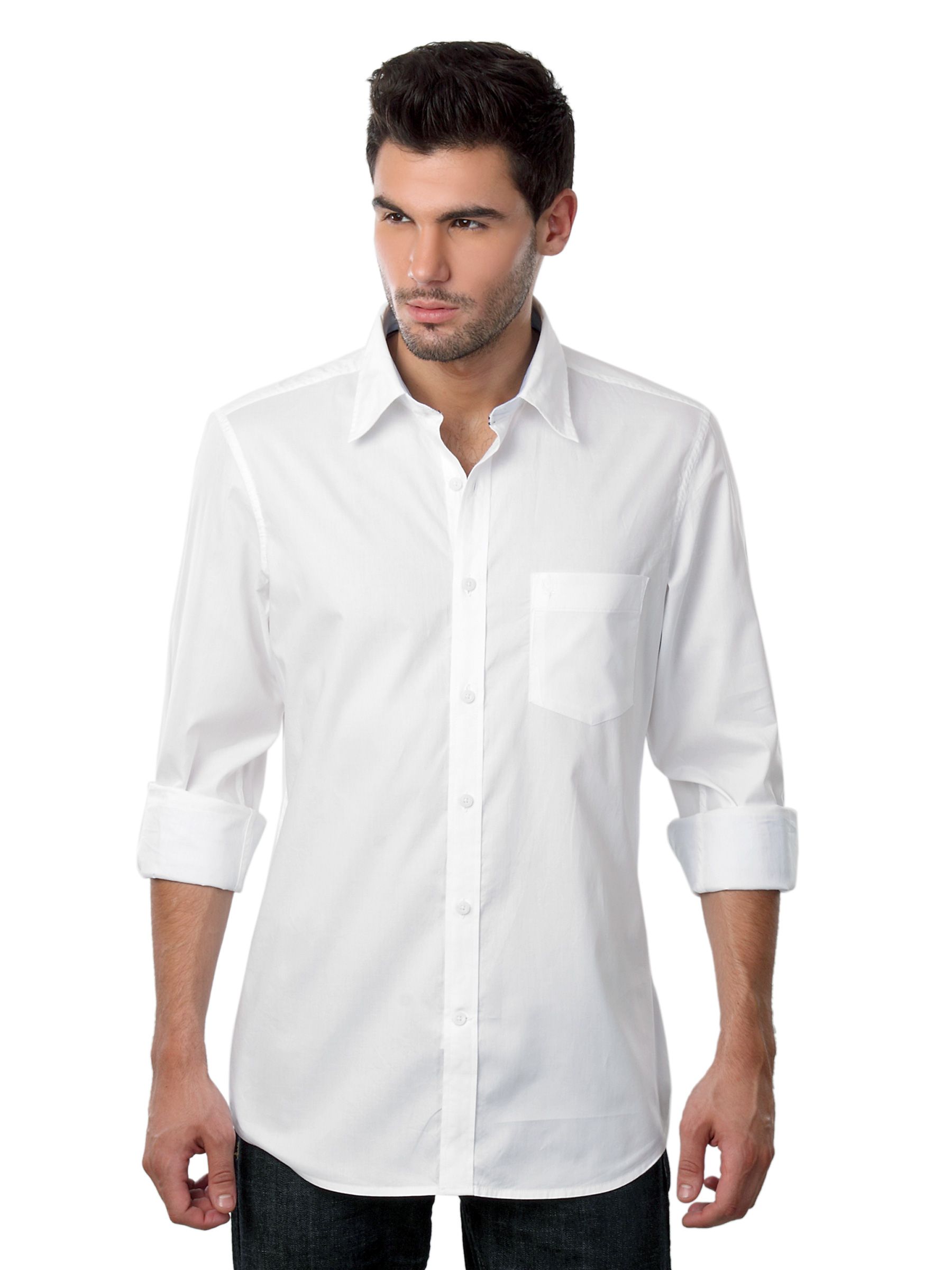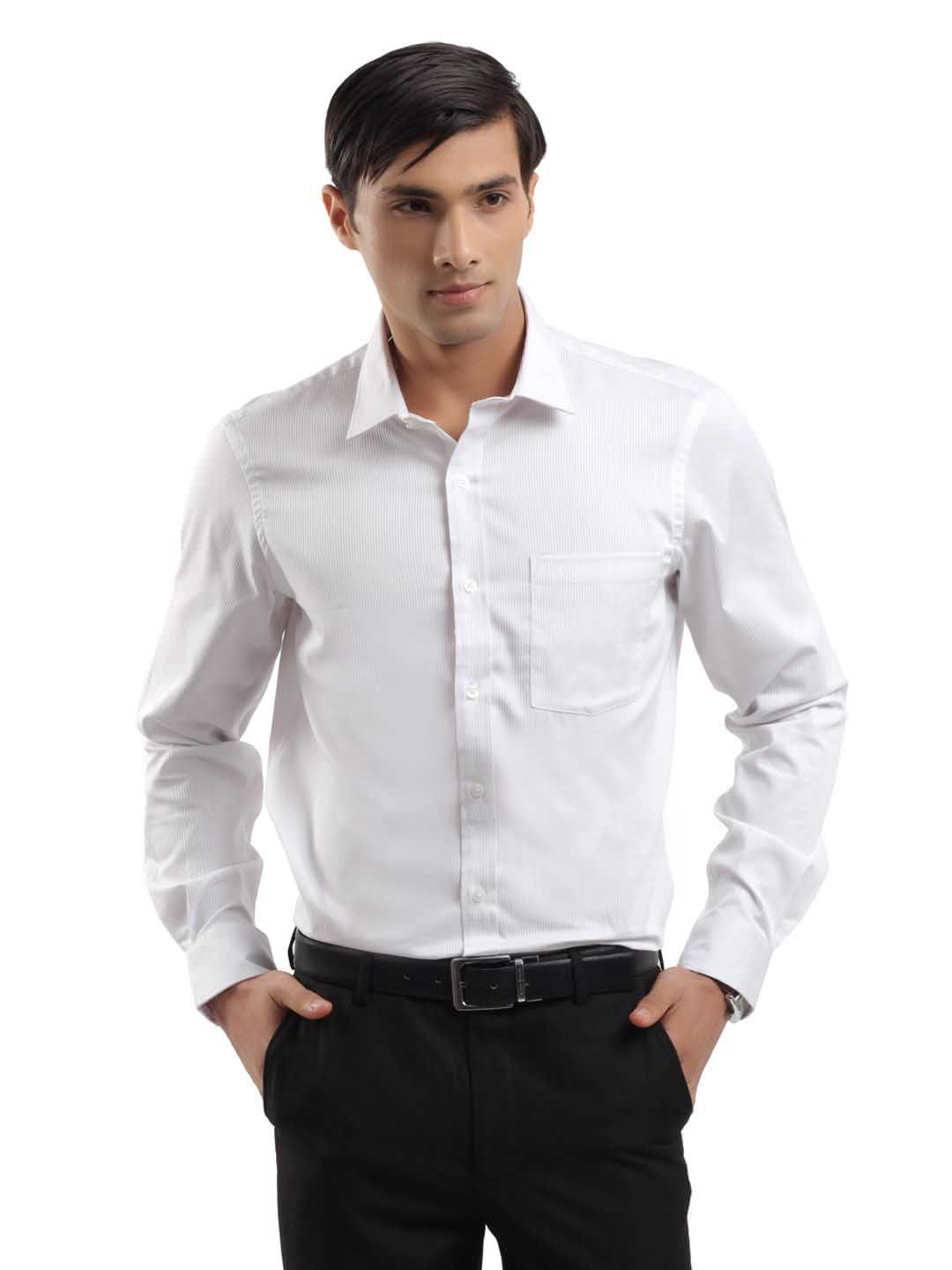Stylist Ai : Revolutionizing Fashion with AI Outfit Recommendation, Outfit Generation, Virtual Try-On, and Fashion Chatbot! 👗🤖
👗✨ Experience the future of fashion with Stylist AI, where innovation meets style. Our cutting-edge platform revolutionizes your wardrobe by offering personalized outfit recommendations and generating unique ensembles tailored just for you. Explore our virtual try-on feature to visualize your perfect look effortlessly. Engage in fashion-forward conversations and get expert styling advice with our AI-powered chatbot. Elevate your fashion game with Stylist AI and discover a new era of effortless elegance. 🌟🤖
demo-final.mp4
Click here to watch the demo video
- Text-To-Outfit-Generator 📝👗
- Human-Identification 👤🚀
- Outfit-Recommendation 🛍️💡
- Virtual-Try-On 🌐👀
- Chat-Bot 💬🤖
This code snippet demonstrates the utilization of a Text-Outfit-Generator model, leveraging a pretrained model from Hugging Face. The model is part of the DiffusionPipeline package, facilitating the generation of outfit descriptions based on textual prompts. By loading the model onto the available device, the script efficiently processes the input prompt and produces an image of the described outfit. Notably, running this code in Google Colab exceeded 15 minutes, but leveraging Intel's CPU or XPU ensures completion in less than a minute. ⚙️👗🚀
Hugging Face URL : Fashion-Product-Generator
Prompt : Flowers in green shirt with white colored button.
Folder Link : Click Here
This code implements an image classification model using TensorFlow and Keras. The model is designed to classify images into two classes: "human" and "non-human." The neural network architecture consists of convolutional (Conv2D) and pooling (MaxPooling2D) layers, followed by fully connected (Dense) layers. The model is compiled using the binary crossentropy loss function and the Adam optimizer. The Intel OneDNN helped in reducing the time for training, and the optimized TensorFlow for Intel Hardwares helped us in reducing the time for training. 🌐🖼️🤖💪
Folder Link : Click Here
This code snippet demonstrates the implementation of an outfit-recommendation model using Semantic Image Search techniques. Leveraging the Langchain library, it combines BM25 retrieval with dense vector retrieval using CLIP embeddings. The outfit recommendation process involves encoding sparse and dense vectors from fashion metadata and images, persisting them in a vector database, and utilizing retrievers to search and display relevant outfit suggestions. By integrating both textual and visual cues, this model enhances the accuracy and diversity of outfit recommendations based on the color and ocassion given by user. catering to a wide range of fashion preferences. 🧥📊👠👗🎨
Selected Ocassion : Wedding Selected Color : White
Folder Link : Click Here
This code implements a Virtual-Try-On (VTON) model that allows users to try on clothes virtually using an input image. The model consists of several steps, including clothing segmentation, pose estimation, and image composition.
-
Clothing Segmentation: The
get_cloth_mask.pyscript utilizes a pre-trained model to segment clothing from the input image, generating a mask that isolates the clothing item. 🕵️♀️👕 -
Pose Estimation: The
posenet.pyscript estimates the pose of the person in the input image using a PoseNet model. It detects key body keypoints, necessary for aligning the clothing item with the person's body. 🤸♂️📏 -
Image Processing: The main process in
main.pycombines the segmented clothing mask and the pose estimation results to compose a final image of the person wearing the virtual clothes. It involves resizing the input image, generating semantic segmentation, removing the background, and adding the clothing item onto the person in the image. 🔄📸 -
Final Output: The model produces a final image (
finalimg.png) that showcases the person wearing the virtual clothes. The user can choose to retain the original background or remove it from the final composition. 🎉👚📷
Folder Link : Click Here
This code configures a chatbot using the Mistral 7B model, fine-tuned with a custom dataset. It employs various libraries and tools for setting up the chatbot environment, transformers, LLAMA Index, and Langchain embeddings. The process involves installing necessary dependencies, downloading the custom dataset (in PDF format), loading the dataset into LLAMA Index, configuring the Mistral 7B model for language generation, and setting up the Langchain embeddings for semantic understanding. Finally, it initializes the chatbot's query engine and demonstrates a sample query for testing purposes. 🤖📊🔧🗣️
Folder Link : Click Here
Utilizing the resources provided by Intel Developer Cloud significantly expedited our AI model development and deployment processes. Specifically, we harnessed the power of Intel's CPU and XPU to accelerate two critical components of our project: Human Detection and Text-to-Outfit Generation. 💻⚡
- Human Detection Model Training: The Intel Developer Cloud's CPU and XPU capabilities, combined with the use of oneDNN, played a pivotal role in reducing the training time of our Human Detection model. By leveraging the high-performance computing infrastructure provided by Intel, we were able to train our model more efficiently, significantly cutting down the time required for model optimization and experimentation.🚀🔧
The integration of oneDNN, a high-performance deep learning library developed by Intel, contributed to this efficiency by optimizing the computational tasks involved in training. Notably, a single epoch now takes only 2 seconds, a substantial improvement compared to the 6 seconds it took in Colab, showcasing the remarkable speedup achieved through the use of Intel's hardware resources and optimized software stack. 🚀⚒️
Additionally, the optimized version of TensorFlow tailored for Intel architectures further played a crucial role in reducing the training time. This collaborative utilization of optimized TensorFlow and Intel's advanced computing infrastructure enabled us to achieve significant improvements in model training efficiency, ultimately accelerating our development process and enhancing the overall performance of our Human Detection model. 🏋️♂️🧑💻
Comparison between time took in Intel Developers Cloud using OneDNN and Google Colab
- Text-to-Outfit Generation: The Text-to-Outfit Generator component of our project involved complex computational tasks, particularly during outfit generation and rendering. Running these computations in Google Colab often resulted in long processing times due to resource limitations. However, by leveraging Intel Developer Cloud's CPU and XPU resources, we experienced a notable reduction in processing time. The parallel processing capabilities of Intel's infrastructure enabled us to generate outfit recommendations swiftly, enhancing the overall user experience. 🌟👗
Comparison between time took in Intel Developers Cloud using OneDNN and Google Colab
In summary, Intel Developer Cloud's advanced CPU and XPU technologies provided us with the computational power necessary to expedite model training and inference processes, ultimately accelerating our project development and deployment timelines. 🚀🕒
The flow diagram illustrates the sequential steps and interactions within our system. Each stage in the process contributes to the overall functionality, ensuring a smooth and efficient workflow. Let's delve into the key components:
-
User Input 🤖🗣️:
- Users initiate the process by providing input, whether through text prompts or selects ocassion.
-
Text-To-Outfit-Generator 📝👗:
- The Text-To-Outfit-Generator module interprets textual prompts and generates corresponding outfit descriptions.
-
Human Detection 👤🚀:
- The Human Detection component identifies and locates individuals within images. This step is crucial for subsequent processes, ensuring accurate and perfect virtual try on.
-
Outfit Recommendation 🛍️💡:
- Based on selection of ocassion and color, the Outfit Recommendation module suggests personalized clothing ensembles. It considers factors such as style preferences, occasion, and user demographics.
-
Virtual Try-On 🌐👀:
- Users have the opportunity to virtually try on suggested outfits. The Virtual Try-On feature utilizes image processing, clothing segmentation, and pose estimation to showcase how the recommended outfits would look on the user.
-
Fashion Chatbot 💬🤖:
- Engaging with users in natural language, the Fashion Chatbot provides additional assistance, answers queries, and offers styling advice. It enhances the overall user experience through interactive and dynamic conversations.
-
Frontend - React: Our frontend user interface was developed using React, a popular JavaScript library for building user interfaces. React's component-based architecture allowed us to create modular and reusable UI components, facilitating the development of a responsive and interactive user experience. 💻🌐
-
Backend - Flask: The backend of our application was built using Flask, a lightweight and flexible web framework for Python. Flask provided us with the necessary tools to develop RESTful APIs and handle server-side logic efficiently. Its simplicity and extensibility allowed us to quickly implement features such as user authentication, data processing, and interaction with machine learning models. 🐍🚀
-
Machine Learning Models: Our application integrates various machine learning models to provide intelligent features and recommendations. These models were developed using state-of-the-art libraries and frameworks, including TensorFlow, PyTorch, and Hugging Face Transformers. Leveraging the power of machine learning, we implemented functionalities such as outfit recommendation, virtual try-on, fashion chatbot, and human detection. 🤖⚙️
-
Other Technologies: In addition to React, Flask, and machine learning models, our application utilizes a range of other technologies to enhance performance, security, and user experience. These include:
- Gradio: A user-friendly library for creating connection between front end and ml models, enabling seamless integration of AI features into our application. 🚀🤝
- LLAMA Index: A powerful indexing and search engine for efficient retrieval of fashion-related data, contributing to faster outfit recommendations and search functionalities. 📊🔍
- Intel Developer Cloud: Leveraging Intel's high-performance CPU and XPU capabilities, we accelerated model training and inference processes, reducing processing time and improving overall performance. ⚡💻
Our application offers an immersive and interactive experience for users seeking fashion advice and outfit recommendations. Here's a breakdown of its key functionalities:
-
Outfit Recommendation Based on Occasion: 🎉👔👗
- Users start by selecting an occasion for which they need outfit recommendations. The frontend interface provides a list of predefined occasions, such as casual, formal, party, etc.
- Upon selecting an occasion, the application prompts users to choose their preferred color palette or style preferences to tailor the recommendations further.
-
Virtual Try-On Experience: 🕶️👕📸
- After selecting an occasion and specifying style preferences, users are presented with a curated list of clothing items that match their criteria.
- Users can browse through the suggested clothing items and select one that interests them. They can then virtually try on the selected clothing item by uploading their image.
- Our machine learning models perform virtual try-on, overlaying the selected clothing item onto the user's uploaded image. Users can visualize how the outfit looks on them in real-time.
-
Outfit Recommendation Based on Prompt: 🖋️👚🌞
- Alternatively, users can opt for outfit recommendations based on specific prompts or descriptions. The frontend interface allows users to input their prompt, such as "black formal dress" or "summer beach outfit."
- Upon entering the prompt, the application processes the input and generates relevant outfit suggestions based on machine learning algorithms trained on fashion datasets.
-
Integrated Fashion Chatbot: 💬🤖👠
- To further assist users and address their fashion-related queries, our application features an integrated fashion chatbot.
- Users can activate the chatbot through the frontend interface, leveraging natural language processing (NLP) capabilities to engage in conversation, ask questions, and seek fashion advice.
- The chatbot leverages advanced language models to understand user queries and provide relevant responses, helping users make informed fashion choices and clear any doubts they may have.
In summary, our application combines advanced machine learning techniques with a user-friendly frontend interface to offer personalized outfit recommendations, virtual try-on experiences, and interactive fashion assistance through a seamlessly integrated fashion chatbot. 🌐👗🛍️
- Developed frontend using React for a modular and reusable UI. 💻🔧
- Implemented backend with Flask for RESTful APIs and data processing. 🐍🚀
- Integrated various machine learning models for outfit recommendation, virtual try-on, and fashion chatbot functionalities. 🤖⚙️
- Implemented virtual try-on feature with complex image processing and machine learning techniques. 📷🔄
- Integrated a fashion chatbot leveraging natural language processing (NLP) capabilities. 💬🤖
- Virtual-Try-On : VITON 🤖👗
- Chat-Bot : PDF 📄💬
- Outfit-Recommendation : Kaggle 🛍️📸]
- Human-Detection : Roboflow 👤🔍
To monetize this solution for large online outfit e-commerce websites, we offer a comprehensive fashion platform that enhances user engagement, improves conversion rates, and drives sales. By integrating our advanced outfit recommendation, virtual try-on, and fashion chatbot functionalities, e-commerce websites can provide a personalized and interactive shopping experience to their customers, leading to increased user satisfaction, higher retention rates, and ultimately, greater revenue generation through increased sales and customer loyalty. Our solution offers a competitive edge in the market by leveraging cutting-edge technology to deliver unparalleled convenience and customization, ultimately translating into higher profitability for online outfit e-commerce businesses.💻👗🤖📈



















